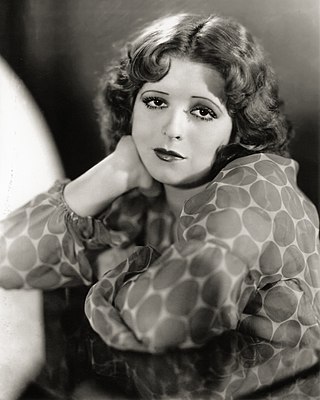
Clara Gordon Bow was an American actress who rose to stardom during the silent film era of the 1920s and successfully made the transition to "talkies" in 1929. Her appearance as a plucky shopgirl in the film It brought her global fame and the nickname "The It Girl". Bow came to personify the Roaring Twenties and is described as its leading sex symbol.

Matt Moore was an Irish-born American actor and director. He appeared in at least 221 motion pictures from 1912 to 1958.
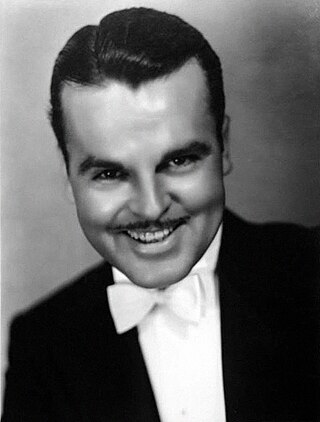
James Neil Hamilton was an American stage, film and television actor, best remembered for his role as Commissioner Gordon on the Batman TV series of the 1960s, having first played a character by that name in 1928's Three Week-Ends. During his motion picture career, which spanned more than a half century, Hamilton performed in over 260 productions in the silent and sound eras.

Wesley Ruggles was an American film director.

John Malcolm Stahl was a Russian-born American film director and producer. He is best known for his films such as Leave Her to Heaven (1945), Imitation of Life (1934), The Keys of the Kingdom (1945), and Back Street (1932).
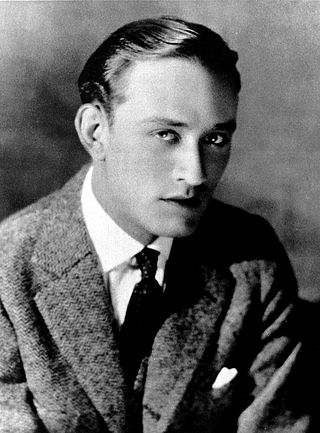
John Conrad Nagel was an American film, stage, television and radio actor. He was considered a famous matinée idol and leading man of the 1920s and 1930s. He was given an Honorary Academy Award in 1940, and three stars on the Hollywood Walk of Fame in 1960.

Ford Sterling was an American comedian and actor best known for his work with Keystone Studios. One of the 'Big 4', he was the original chief of the Keystone Cops.

Chester Cooper Conklin was an early American film comedian who started at Keystone Studios as one of Mack Sennett’s Keystone Cops, often paired with Mack Swain. He appeared in a series of films with Mabel Normand and worked closely with Charlie Chaplin, both in silent and sound films.

B. P. Schulberg was an American pioneer film producer and film studio executive.
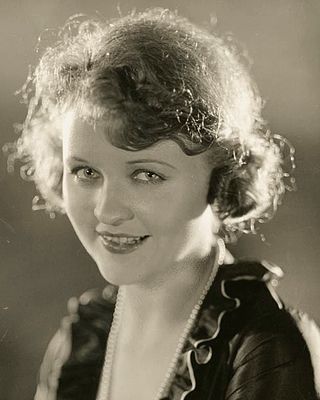
Phyllis Maude Haver was an American actress of the silent film era.
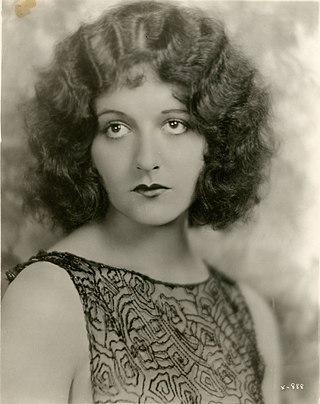
Natalie Kingston was an American actress.

Arthur Charles Miller, A.S.C. was an American cinematographer. He was nominated for the Oscar for Best Cinematography six times, winning three times: for How Green Was My Valley in 1941, The Song of Bernadette in 1944, and Anna and the King of Siam in 1947.

William Collier Jr. was an American stage performer, producer, and a film actor who in the silent and sound eras was cast in no fewer than 89 motion pictures.

Mary Maguire Alden was an American motion picture and stage actress. She was one of the first Broadway actresses to work in Hollywood.

Otis Harlan was an American actor and comedian. He voiced Happy, one of the Seven Dwarfs in the Disney animated film Snow White and the Seven Dwarfs. This made him the earliest born actor to feature in a Disney film and one of the earliest born known American voice actors.

Louis Monta Bell was an American film director, producer, and screenwriter.

Dorothea "Dot" Farley was an American film actress who appeared in 280 motion pictures from 1910 to 1950. She was also known as Dorothy Farley.

Tom Wilson was an American film actor.

America, also called Love and Sacrifice, is a 1924 American silent historical war romance film. It describes the heroic story of the events during the American Revolutionary War, in which filmmaker D. W. Griffith created a film adaptation of Robert W. Chambers' 1905 novel The Reckoning. The plot mainly centers on the Northern theatre of the war in New York, with romance spliced into individual movie scenes.

Edward H. Griffith was an American motion picture director, screenwriter, and producer.






















